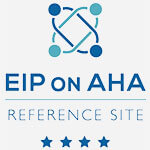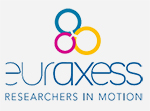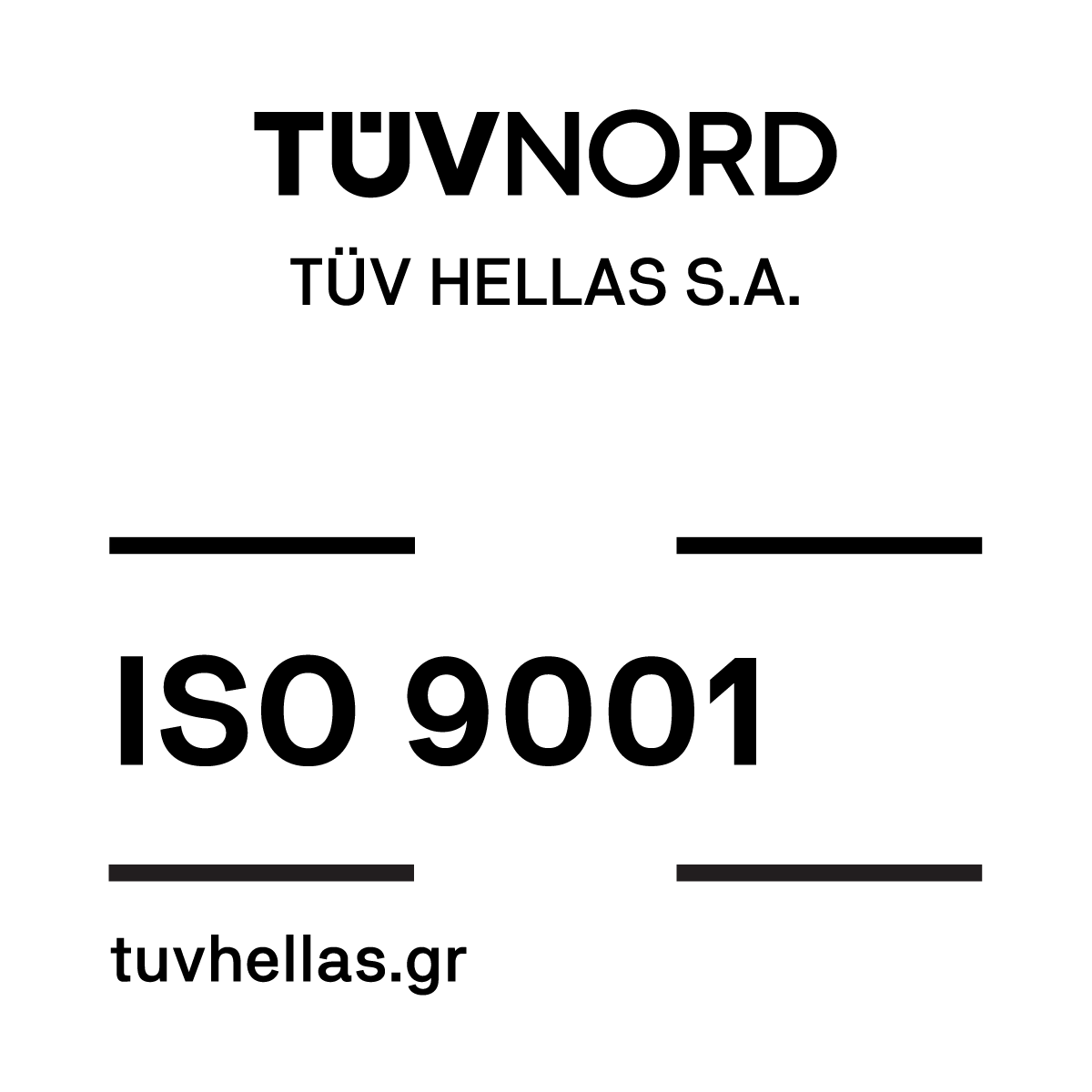Events

Launching Ceremony of Joint Laboratory Construction and China - Greece Symposium on Cultural Heritage Conservation Technology
A hybrid transnational interdisciplinary conference took place on December 21 and 22, 2021, in the framework of the Greek-Chinese cooperation, on the occasion of the launching ceremony for the establishment of a Joint Laboratory in Cultural Heritage Conservation Technologies. The conference entitled "China-Greece Belt and Road Cultural Conservation Lab Technology”, co-organized by the Palace Museum at the Forbidden City of Beijing and the Institute of Electronic Structure and Laser (IESL) of FORTH, presented the research and results of the first year of this transnational collaboration.
At the launching ceremony greetings were addressed, from the Chinese side, by Dr. Li Wei, Director of the Science and Technology Department, Ministry of Culture and Tourism, China, Dr. Dai Gang, Director of the Department of International Cooperation at the Ministry of Science and Technology (MOST), China, Dr. Wang Xudong, Director, and Dr. Zhao Guoying, Deputy Director of the Palace Museum in Beijing. From the Greek side, the event was addressed by the Secretary General of Research and Innovation, Prof. Athanasios Kyriazis, and the Chairman of the Board of Directors of FORTH, Prof. Nektarios Tavernarakis.
The lectures presented in the conference were focused on thematic areas related to the use of lasers for the diagnosis, analysis and restoration of Cultural Heritage objects and monuments, as well as to interdisciplinary research in archaeology and the preservation of metallic objects, from both countries. From the Greek side, works were presented by Prof. Dimitrios Anglos (Department of Chemistry, University of Crete and associated faculty member of IESL-FORTH), who discussed Laser spectrochemical analysis in Heritage Science, Dr. Paraskevi Pouli (Application Scientist at IESL-FORTH) who presented Laser cleaning principles and challenges, and Mrs. Vasiliki Argyropoulou, Professor of the University of West Attica, who presented Green methods for the conservation of Cultural Heritage Metals.
From the Chinese side, the talks were focused on the technical description of a new laser system being developed as part of the joint lab, the practices followed in the excavation and protection of the cultural heritage of the Sanxingdui Archaeological Site, on methods of statistical analysis and research on characteristic copper corrosion from the Jiangsu excavation and, finally, analyses of typical copper corrosion products from the Sanxingdui excavation.
The second day of the conference was dedicated to X-ray imaging and analysis methods for the study of metallic metal objects, as well as, computer methods for the digital protection of cultural heritage. From the Greek side, the conservator and PhD candidate Amalia Siatou discussed Conservation documentation of metal surfaces by employing Reflectance Transformation Imaging, Dr. Maria Theodoridou (FORTH-ICS) described Transforming data to semantic graphs using CIDOC CRM, emphasizing on the paradigm of big National and European Projects, and Dr. Nikos Papadopoulos (FORTH-IMS) presented advances and applications of geoinformatics for cultural resources management.
From the Chinese side, issues of technical development and applications of computed tomography in the protection of relics were presented, multispectral imaging analysis research for the study of the objects of the Palace Museum, as well as, new methods for the handling of the 3D data collection of cultural relics.
The conference has significantly contributed to strengthening the relations between the two research teams with the ultimate goal of joint research, both in laser applications for the analysis, diagnosis and cleaning of the unique artworks of the Palace Museum, as well as, in other areas of Cultural Heritage research where FORTH is active.








